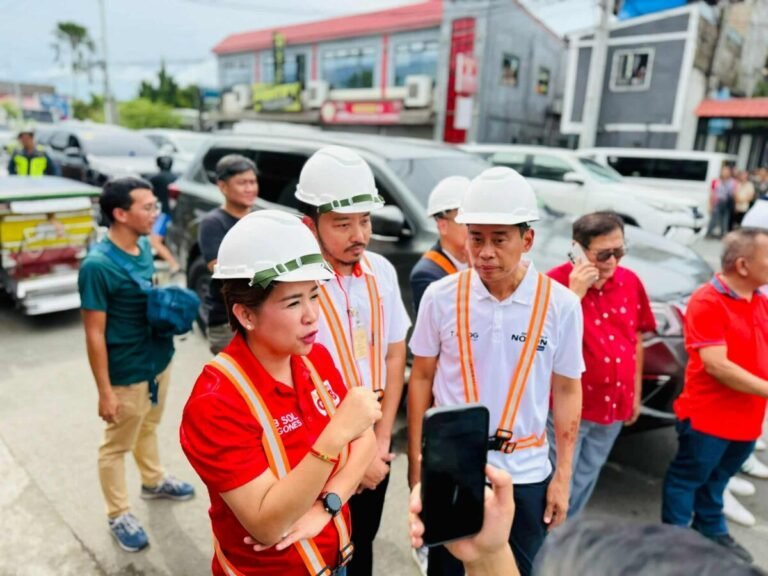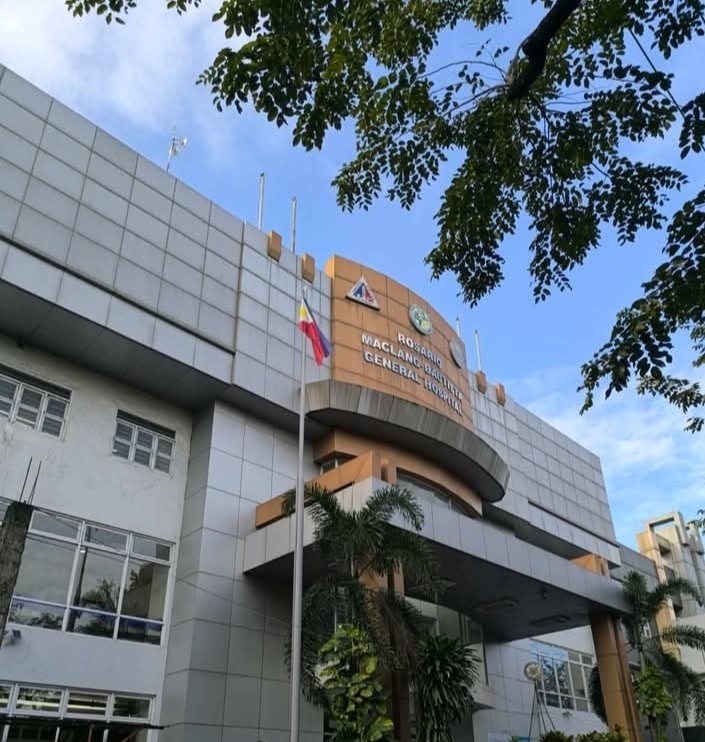
Military personnel from the Armed Forces of the Philippines (AFP) and the United States on Thursday conducted a bilateral amphibious exercise (AMPHIBEX) in the vicinity of Claveria, Cagayan as part of this year’s “Balikatan” exercises.
AMPHIBEX involves the movement of assault amphibious vehicles (AAVs) from landing-class ships to shore.
It also requires the vertical insertion of troops using different air assets of both armed forces.
The activity demonstrated the bilateral force’s ability to seize a littoral objective as part of a complex, combined arms operations between Philippine and US ground, naval, and aviation assets.
“This exercise continues to build the relationship with our Filipino counterpart in Northern Luzon and across the Philippines. We chose Northern Luzon as it gives us to look at different beach sites to train on different terrains, which keeps our skills sharp and provides our counterparts the opportunity to continue to train in areas that challenge us. We just don’t repeat things over and over again,” said US Marine Corps’ 3rd Marine Littoral Regiment strategic communications officer, Capt. Kevin Smith, in a statement.
The execution of the AMPHIBEX began with the launch of the AAVs of the Marines from USS Ashland and BRP Tarlac.
The AAVs then conducted the mechanized assault and seized a beach in Claveria, which was the main effort to attack the objective.
“Cagayan was chosen as the location of this year’s Amphibex because it’s a changing scenario and situation and the Philippines has a wide shoreline. This place also fits the standards of the training as it can accommodate a large number of forces to land,” said Philippine Army 5th Infantry Division commander, Maj. Gen. Laurence Mina.
The amphibious assault was followed by heliborne operations through the vertical insertion of the troops from the Marine Batallion Landing Team-10 onboard aboard S-70i “Black Hawk” combat utility helicopters and the US Marines from their rotary-winged aircraft CH-53 “Sea Stallion” heavy helicopter transports. The air assets provided air tactical and logistical support throughout the amphibious and ground maneuvers.
The amphibious landing was concluded with the arrival of the landing craft utility vessel of the Philippine Navy carrying support equipment and personnel.
This year’s “Balikatan” showcased several modern AFP assets such as the “Black Hawk” helicopters, AAVs, and the BRP Tarlac.
These assets were acquired through the ongoing AFP Modernization Program.
“For the Filipinos, training your armed forces will give security assurance to our countrymen, if you are stagnant and the enemy is improving, we need to adjust, training is one to address those, and this is one of the benefits of the Filipinos in ‘Balikatan’, it’s all about security, it’s all about securing our country,” Mina said.
As an archipelagic country, the AMPHIBEX has been one of the most important activities and highlights of the Balikatan. It also strengthened the service members’ ability to conduct and develop interoperability in amphibious operations.
“The biggest benefit of the Filipinos from Balikatan is the shared partnership, shared interoperability, we worked together, we understand each other, we continue to grow together. We can expect better security and partnership within Northern Luzon, we can expect that to continue throughout the Philippines, providing security and regional stability, and strengthening the relationship with the Filipinos.” Smith added. (PNA)




